Free Course, Transporting Fabricated Frames
Lesson One
In this course we are discussing different shipping methods to consider for transporting your fabricated products to the jobsite. This short course is a companion to our Different Levels of Fabrication & Assembly course, for storefront and curtain wall systems.
Shipping and transportation is something that needs to be reviewed and discussed during bid time to ensure that appropriate costs are covered. Especially when special vehicles, trailers, dunnage, etc. are required to safely get your framing to the jobsite.
There are many different ways to transport your frames down the road, and many shops have specialized processes which are born from lessons learned the hard way. If you have a unique method, or piece of equipment, to get your frames around, we’d love to see it! Share with us at holly@learnglazing.com.
This image of an old school rack truck shows that not much has changed over the years. Most glass shops will use these trucks to transport framing, as well as glass.
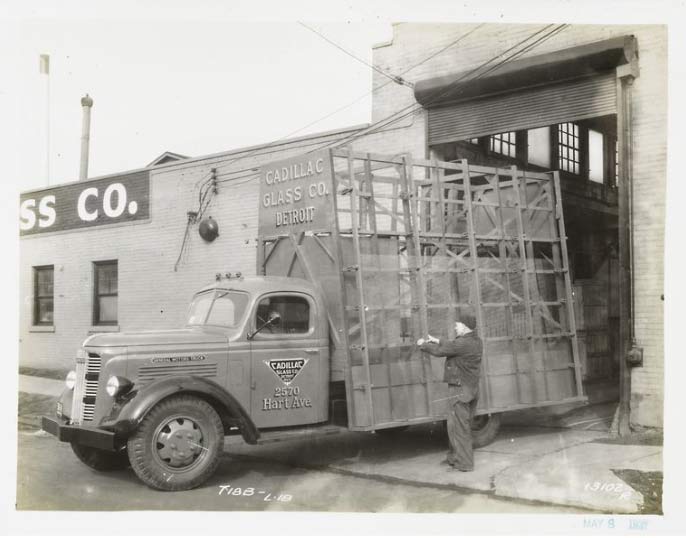
Lesson Two
When transporting your framing, keep in mind you need protection in the following areas: between frames, between straps and frames, and between frames and truck / trailer.
Common materials that are used for protection include: gasket material, foam pads (as found on glass panels), cardboard, stretch wrap cardboard, foam cardboard, and lumber (with protective layer). Keep in mind that these materials used for transporting can also be used at the jobsite for storing frames.
This image shows palletized curtain wall horizontals. They have spacers between each layer, stretch wrap, and strapping to keep everything tight and protected during transportation. This project had a lot of similar sized parts that worked well to bundle them together.
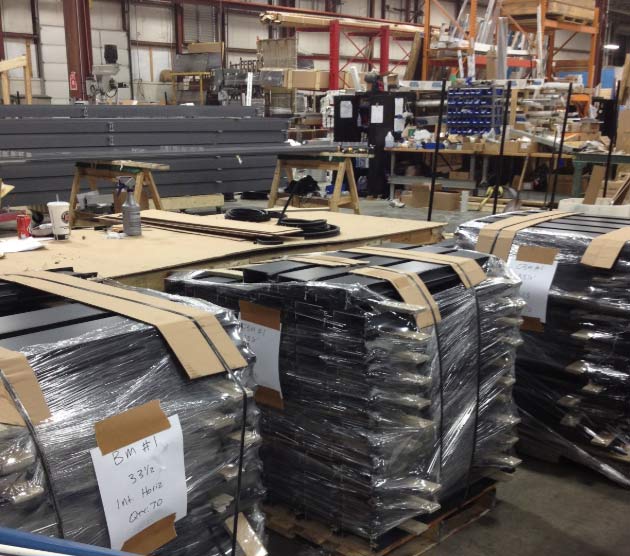
Lesson Three
Pictures are worth a thousand words, and the following images show common methods of packaging, and shipping options.
Crating, as shown in image A, is a great way to transport frames, especially when lifting equipment is available at both the shop and jobsite. The crates serve to protect the frames when being stored onsite as well.
Image B shows the space available between the glass racks on a larger rack truck.
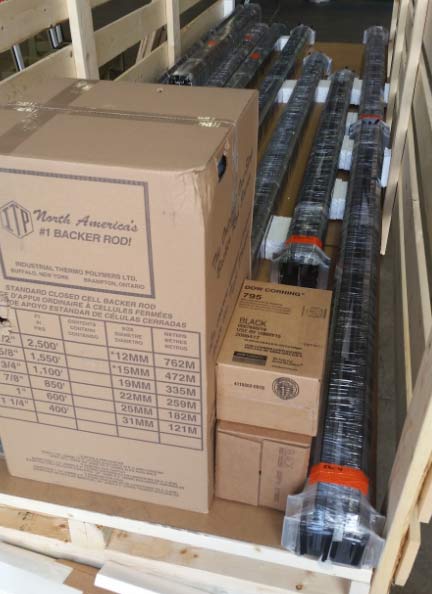
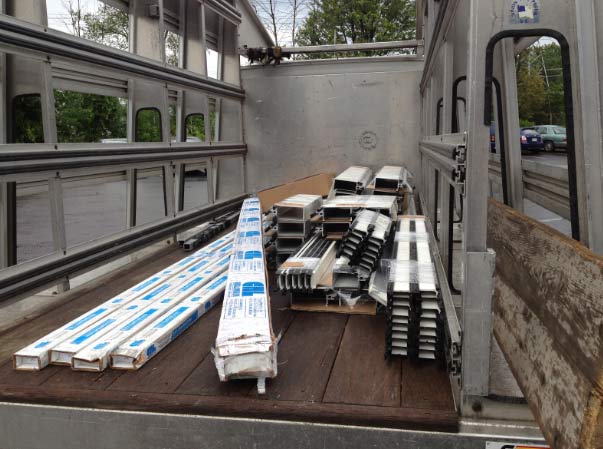
Lesson Four
If you look at image C, you’ll see an enclosed trailer with stick-built curtain wall framing (ladders) and loose components. The gasket material that is installed on the tongue of the mullions acts as a spacer between the strapped frames. Note the cardboard between the straps and material as well.
Image D shows a curtain wall system that has been KD fabricated and ready for the field crew to assemble the frames onsite.
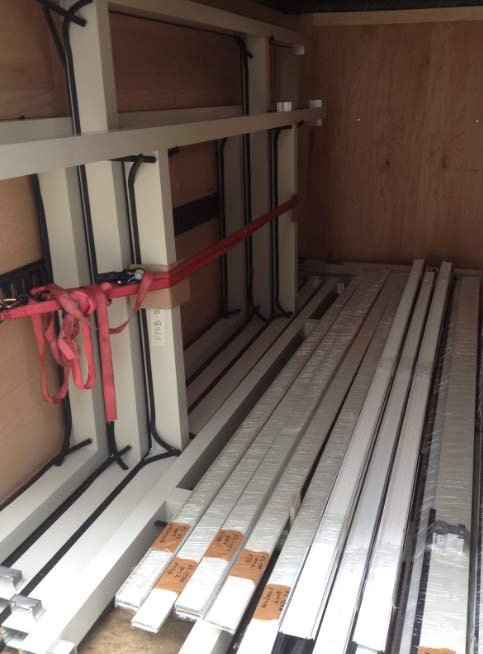
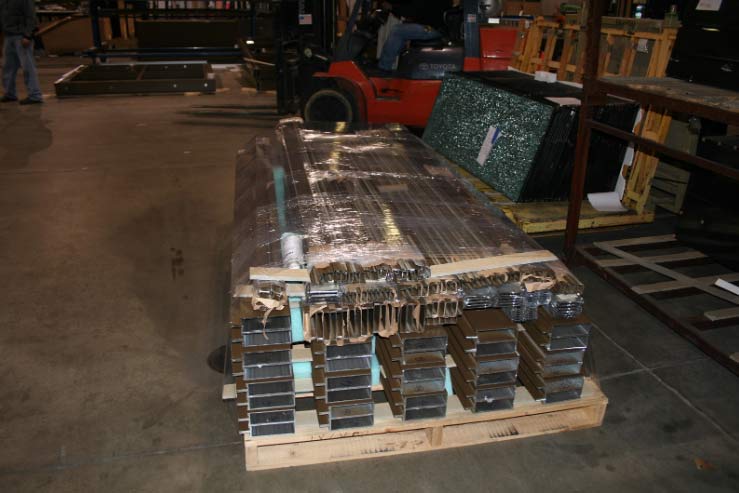
Lesson Five
Looking at image C, we have an enclosed semi trailer and framing being loaded. This picture was taken mid process, as all of the frames and loose components have not yet been secured entirely.
This project, image D, is a great example of utilizing an open top flatbed semi truck. The horizontals were palletized and loaded at the front of the trailer, the verticals stacked together in the middle, and bundled components at the back. Note the typical vertical mullions lend themselves well for transporting with the shear blocks interfacing with each other, and keep the mullions separated.
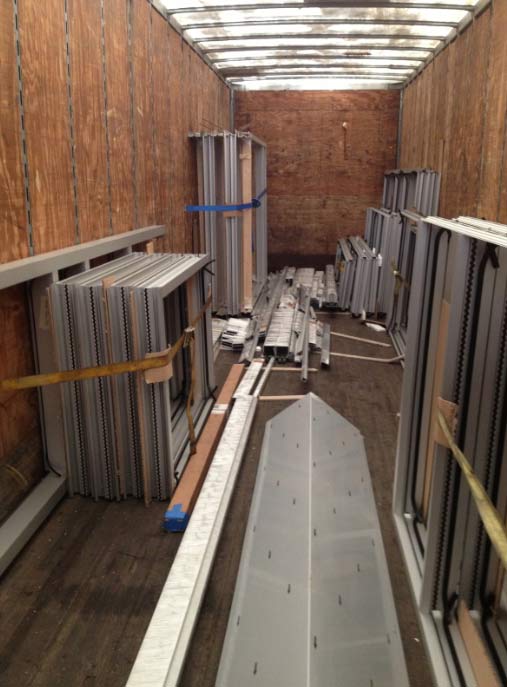
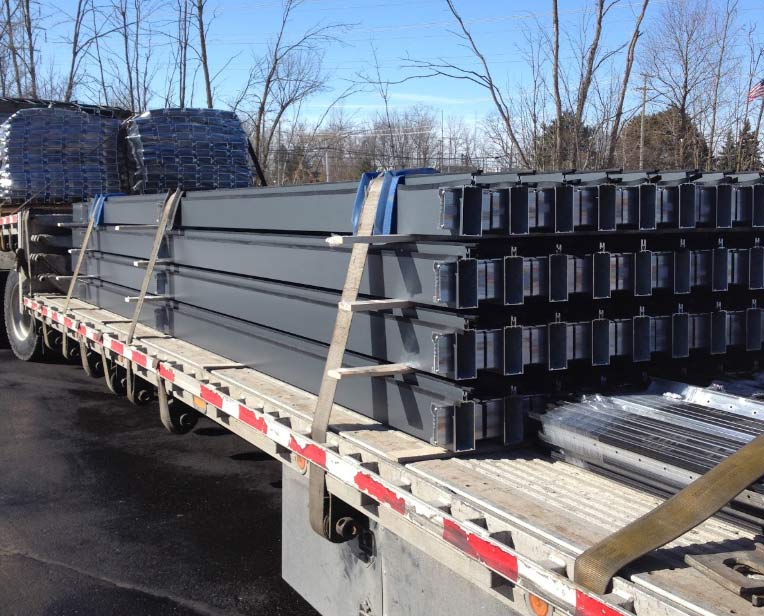
Discussion Points
- Does your company have trucks to transport frames / glass? If so, what do you use?
- What materials work best for your shop, in the protection of fabricated frames / pieces during transportation? Do you have a specific way of loading the materials into your truck?
